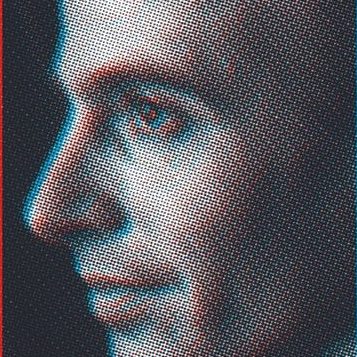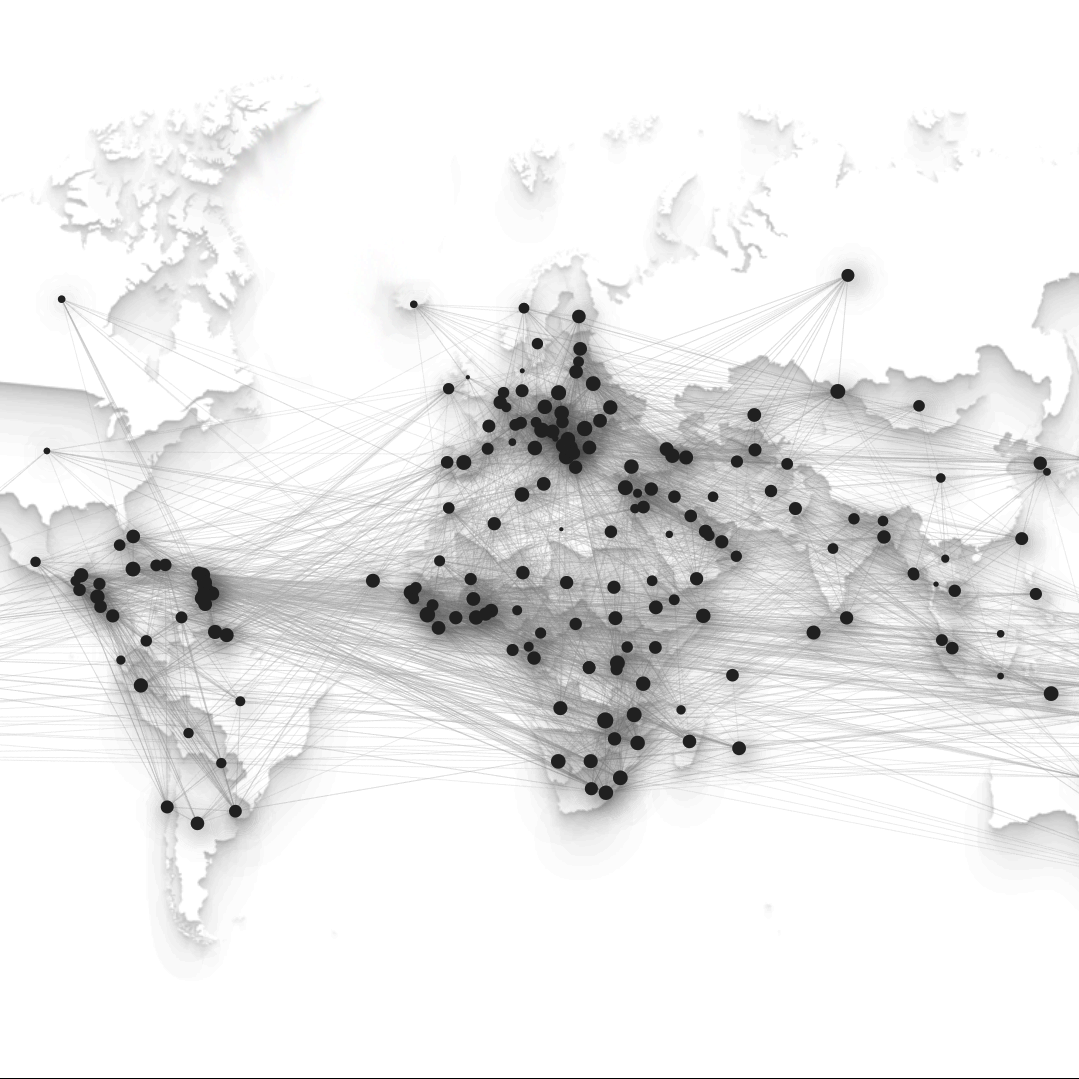David C.W. Parker at The Forum: “Nearly 40 years ago, Richard Fenno published Home Style, a seminal volume explaining how members of Congress think about and engage in the process of representation. To accomplish his task, he observed members of Congress as they crafted and communicated their representational styles to the folks back home in their districts. The book, and Fenno’s ensuing research agenda, served as a clarion call to move beyond sophisticated quantitative analyses of roll call voting and elite interviews in Washington, D.C. to comprehend congressional representation. Instead, Fenno argued, political scientists are better served by going home with members of Congress where “their perceptions of their constituencies are shaped, sharpened, or altered” (Fenno 1978, p. xiii). These perceptions of constituencies fundamentally shape what members of Congress do at home and in Washington. If members of Congress are single-minded seekers of reelection, as we often assume, then political scientists must begin with the constituent relationship essential to winning reelection. Go home, Fenno says, to understand Congress.
There are many ways constituency relationships can be understood and uncovered; the preferred method for Fenno is participant observation, which he variously terms as “soaking and poking” or “just hanging around.” Although it sounds easy enough to sit and watch, good participant observation requires many considerations (as Fenno details in a thorough appendix to Home Style). In this appendix, and in another series of essays, Fenno grapples forthrightly with the tough choices researchers must consider when watching and learning from politicians.
In this essay, I respond to Fenno’s thought-provoking methodological treatise in Home Style and the ensuing collection of musings he published as Watching Politicians: Essays on Participant Observation. I do so for three reasons: First, I wish to reinforce Fenno’s call to action. As the study of political science has matured, it has moved away from engaging with politicians in the field across the various sub-fields, favoring statistical analyses. “Everyone cites Fenno, but no one does Fenno,” I recently opined, echoing another scholar commenting on Fenno’s work (Fenno 2013, p. 2; Parker 2015, p. 246). Unfortunately, that sentiment is supported by data (Grimmer 2013, pp. 13–19; Curry 2017). Although quantitative and formal analyses have led to important insights into the study of political behavior and institutions, politics is as important to our discipline as science. And in politics, the motives and concerns of people are important to witness, not just because they add complexity and richness to our stories, but because they aid in theory generation.1 Fenno’s study was exploratory, but is full of key theoretical insights relevant to explaining how members of Congress understand their constituencies and the ensuing political choices they make.
Second, to “do” participant observation requires understanding the choices the methodology imposes. This necessitates that those who practice this method of discovery document and share their experiences (Lin 2000). The more the prospective participant observer can understand the size of the choice set she faces and the potential consequences at each decision point in advance, the better her odds of avoiding unanticipated consequences with both immediate and long-term research ramifications. I hope that adding my cumulative experiences to this ongoing methodological conversation will assist in minimizing both unexpected and undesirable consequences for those who follow into the field. Fenno is open about his own choices, and the difficult decisions he faced as a participant observer. Encouraging scholars to engage in participant observation is only half the battle. The other half is to encourage interested scholars to think about those same choices and methodological considerations, while acknowledging that context precludes a one-size fits all approach. Fenno’s choices may not be your choices – and that might be just fine depending upon your circumstances. Fenno would wholeheartedly agree.
Finally, Congress and American politics have changed considerably from when Fenno embarked on his research in Home Style. At the end of his introduction, Fenno writes that “this book is about the early to mid-1970s only. These years were characterized by the steady decline of strong national party attachments and strong local party organizations. … Had these conditions been different, House members might have behaved differently in their constituencies” (xv). Developments since Fenno put down his pen include political parties polarizing to an almost unprecedented degree, partisan attachments strengthening among voters, and technology emerging to change fundamentally how politicians engage with constituents. In light of this evolution of political culture in Washington and at home, it is worth considering the consequences for the participant-observation research approach. Many have asked me if it is still possible to do such work in the current political environment, and if so, what are the challenges facing political scientists going into the field? This essay provides some answers.
I proceed as follows: First, I briefly discuss my own foray into the world of participant observation, which occurred during the 2012 Senate race in Montana. Second, I consider two important methodological considerations raised by Fenno: access and participation as an observer. Third, I relate these two issues to a final consideration: the development of social media and the consequences of this for the participant observation enterprise. Finally, I show the perils of social science divorced from context, as demonstrated by the recent Stanford-Dartmouth mailer scandal. I conclude with not just a plea for us to pick up where Fenno has left off, but by suggesting that more thinking like a participant observer would benefit the discipline as whole by reminding us of our ethical obligations as researchers to each other, and to the political community that we study…(More)”.



